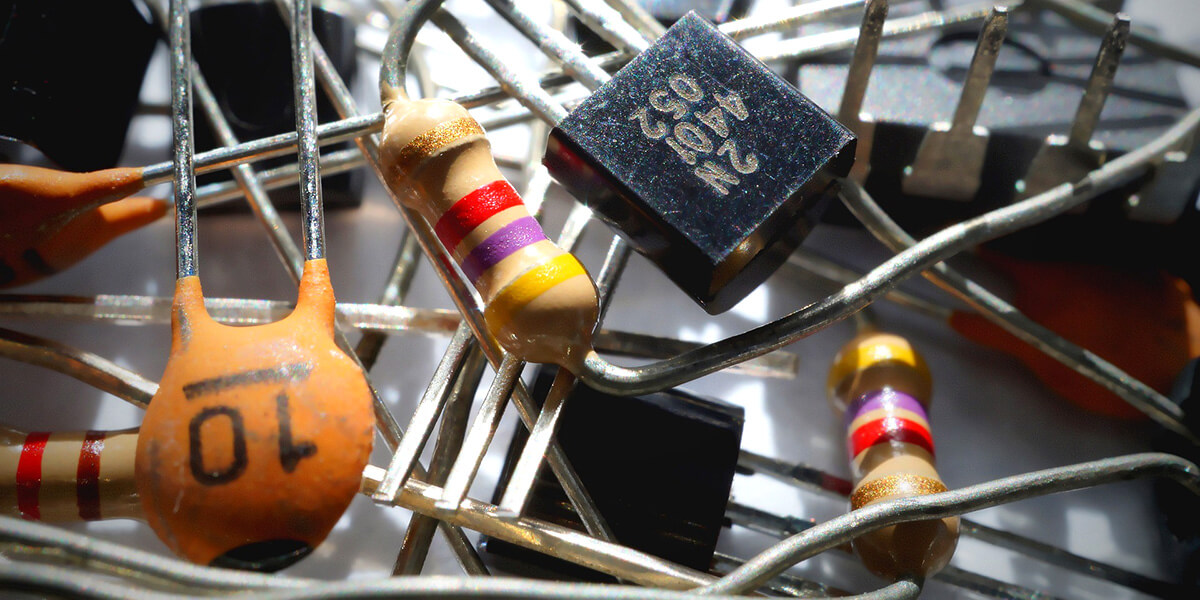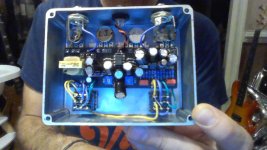Resistors: metal film have a tighter tolerance at 1% whereas carbon film is 5%. I use metal film.
Capacitors: there are a few different kinds that we commonly use for pedals - film, electrolytic, and ceramic. Film are the best for sound quality, electrolytic are usually in the power section where the audio signal is not present, and ceramic are for really low values you can't find in film.
Some more details - film lead spacing and size are important. A lot of the PPCB boards are laid out for a certain size. You want to look up the specific component on Tayda or Mouser and check out its size - for example a
10nF film is a good standard size and value - check out the body height, length, thickness, and lead spacing. Most film caps up to 100nf will be 6.5 high, 7.2 across, and 2.5 deep, with a lead spacing of 5mm. Above 100nf and they start to get bigger, but most of the boards are laid out with this in mind. The lead spacing is always the same though, at 5mm. Some of the higher voltage rated caps are bigger, you always want to double check the dimensions. Anyway, when you look for film caps with values 100nf or less, look for those dimensions.
Electrolytic caps - Find caps that match with
these dimensions. With higher value caps like 100uf, you may need to go up to the next size, 6.3mm diameter, but you will still want 2.5mm lead spacing. Pay more attention to voltage rating with these, 16v is nice and small and good for most boards, but some have a charge pump which increases the voltage to 18v and you will need to order 35v caps for those.
Ceramic - these aren't that great for audio. Try to find
MLCC versions instead of ceramic as they are supposed to be better. Size isn't as important for these as the component is small enough to fit pretty much anywhere. The general rule of thumb is if the cap is in the pF scale, it's going to be ceramic or MLCC, if it's in the nF scale, it's going to be film, and if it's uF it's going to be electrolytic
Transistors - For example a BC108 has different suffixes - A, B, and C. These denote the amount of gain the transistor outputs. If it's not specified, we usually use B or C, C being higher gain than B. Higher gain doesn't necessarily mean better sounding though. Just get whatever you can source, either will be fine. If you want to experiment, you can make a socket for the transistor and try the two different types.


